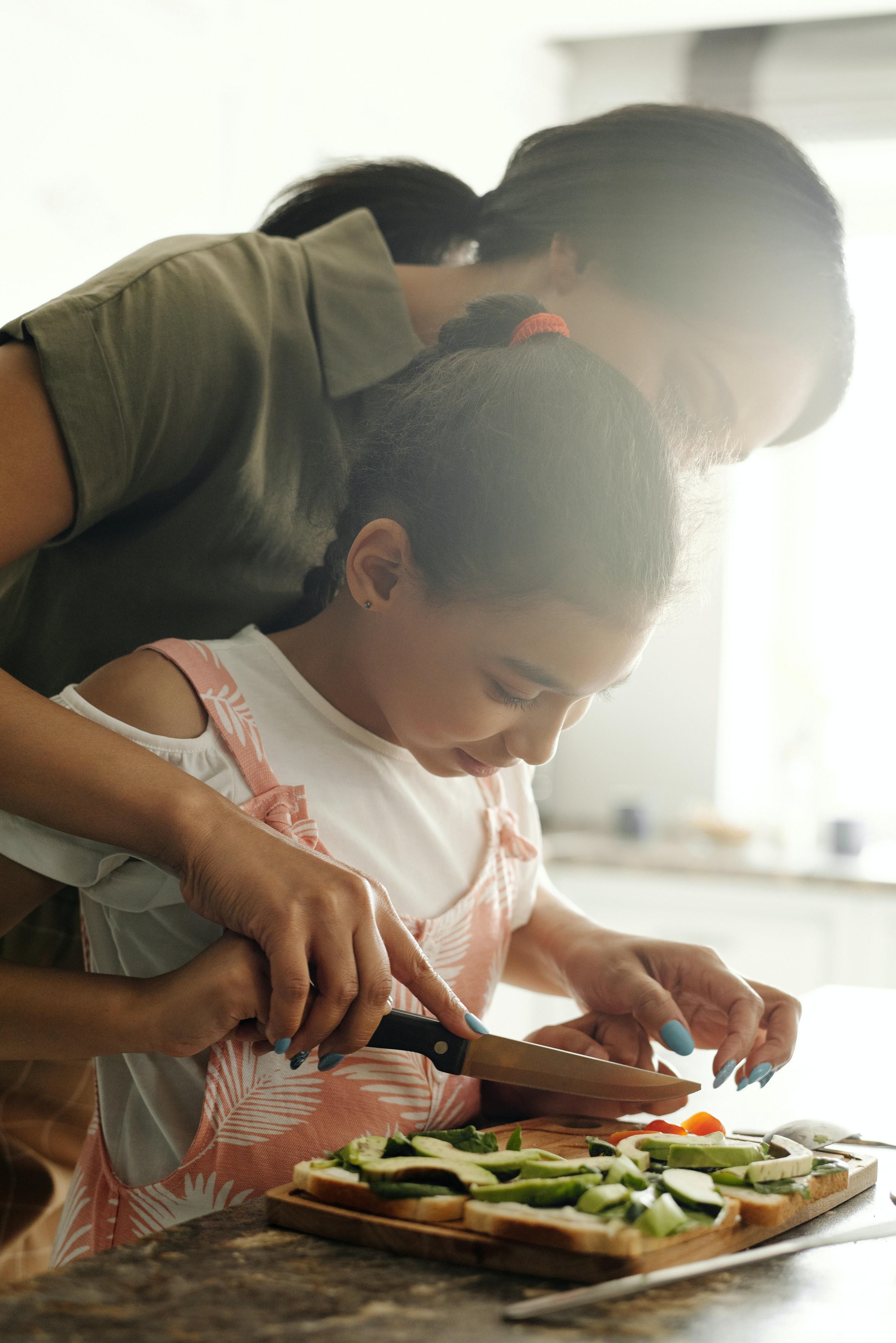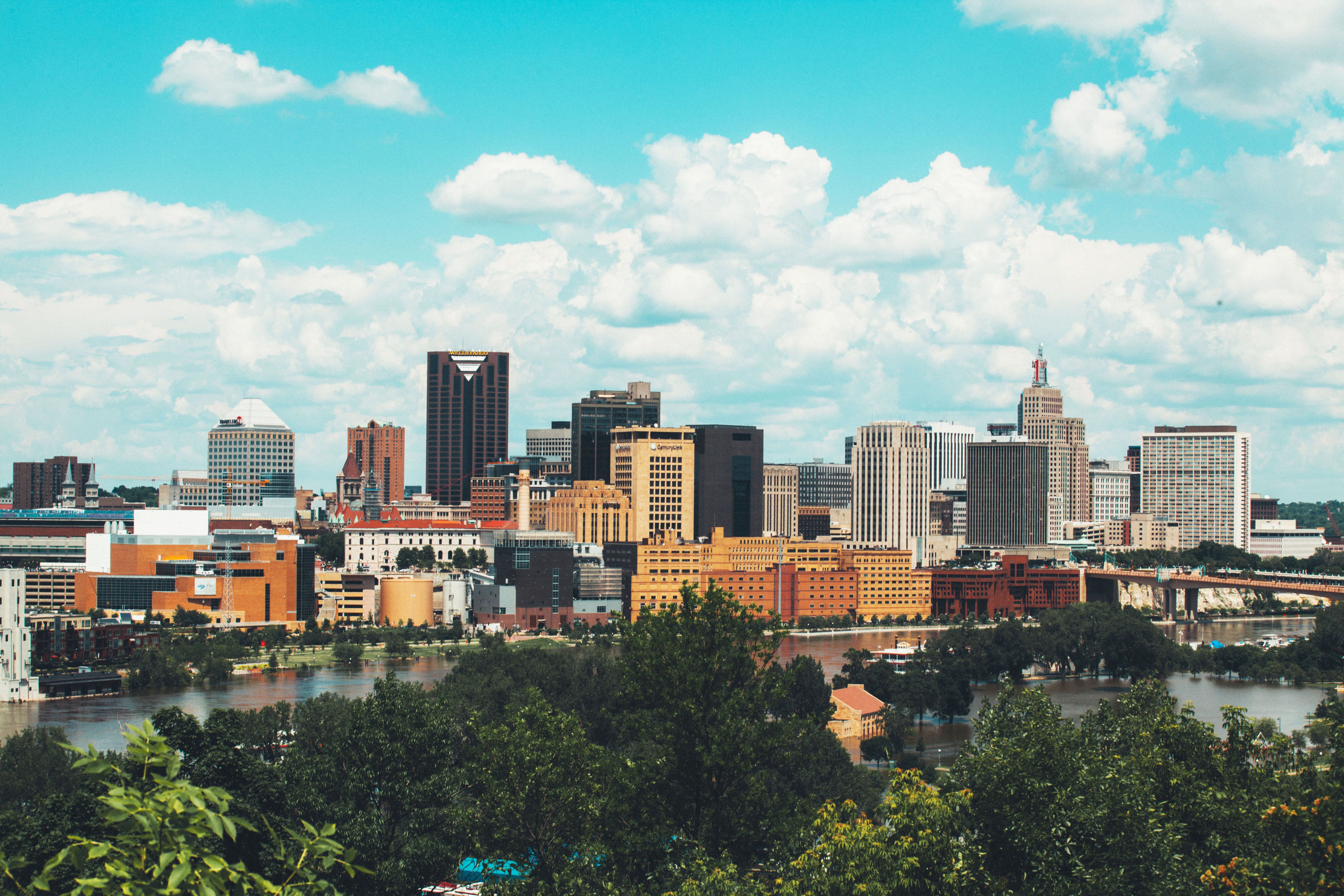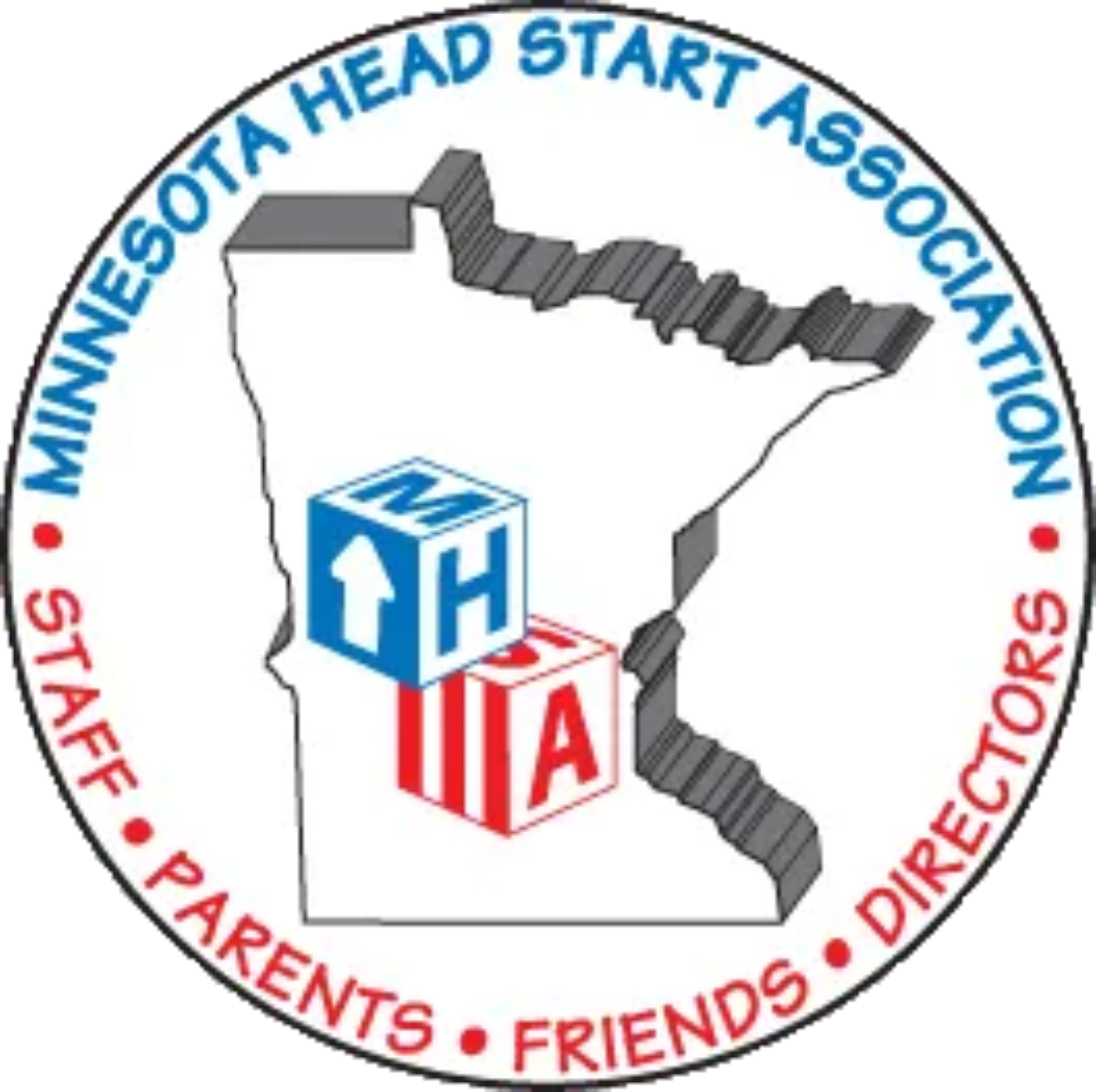
A little more than one year into the COVID-19 pandemic, food insecurity remains a precarious issue in the State of Minnesota. And even though there is hope that we will soon reach the other side of the “pandemic wall,” experts predict that the current hunger crisis will continue through at least the end of 2021 in what the Star Tribune has labeled the “new normal of need.”
In 2020, food shelf visits in Minnesota approached 4 million, a number nearly double that from 2007 when the Great Recession caused a massive spike in unemployment, evictions, and foreclosures. Though it appears that increases to SNAP, P-EBT and other federal programs, coupled with the collective efforts of Minnesota’s larger food banks, local food shelves, and a number of grassroots initiatives throughout the state have stemmed the tide, Hunger Solutions’ Colleen Moriarty states, “There’s no end to the need.” Housing instability, job losses, and other health and financial hardships related to the pandemic will continue to fuel food insecurity for months, if not years to come.
Most affected by this economic reality are Minnesota’s BIPOC (Black, Indigenous, People of Color) communities, who are significantly more likely to be food insecure. A study by the Amherst H. Wilder Foundation’s Minnesota Compass project reveals that during the peak of the COVID-19 pandemic in 2020, more than one-half of BIPOC households reported “some form of food insecurity,” including roughly 8 in 10 black households. This is compared to approximately one-third of white Minnesotans during the same period.
Of course, such disparities weren’t created by the pandemic, they were simply exacerbated by COVID-19. While food banks, food pantries, nonprofit agencies, and other community-based groups are stepping up to meet the immediate need, Wilder Foundation’s Amanda Hane notes that we must continue to seek “longer-term solutions to address the economic inequities that continue to disproportionately impact communities of color.” Hane cites the push toward a $15 minimum wage and the City of Saint Paul’s People’s Prosperity Guaranteed Income Pilot as “promising first steps.” And, while there are many other encouraging efforts underway or in the planning stages, there is still much work to be done.
In the meantime, if you or someone you know is currently experiencing food insecurity, Second Harvest Heartland and Hunger Solutions can connect you to food support resources including your local food shelf, fresh produce events, free meal giveaways, the Minnesota Food HelpLine (888-711-1151), and state nutritional programs such as SNAP, WIC, and TEFAP. For those who want to help their fellow residents, both Second Harvest Heartland and Hunger Solutions provide volunteer opportunities and accept donations.









